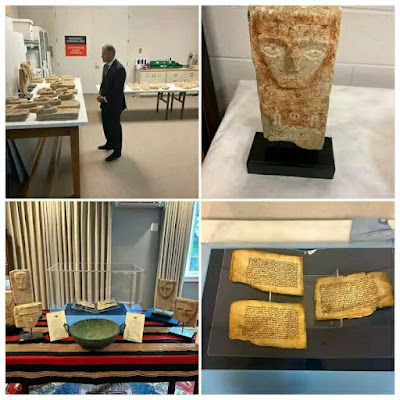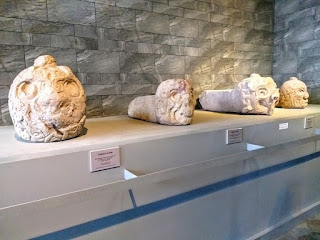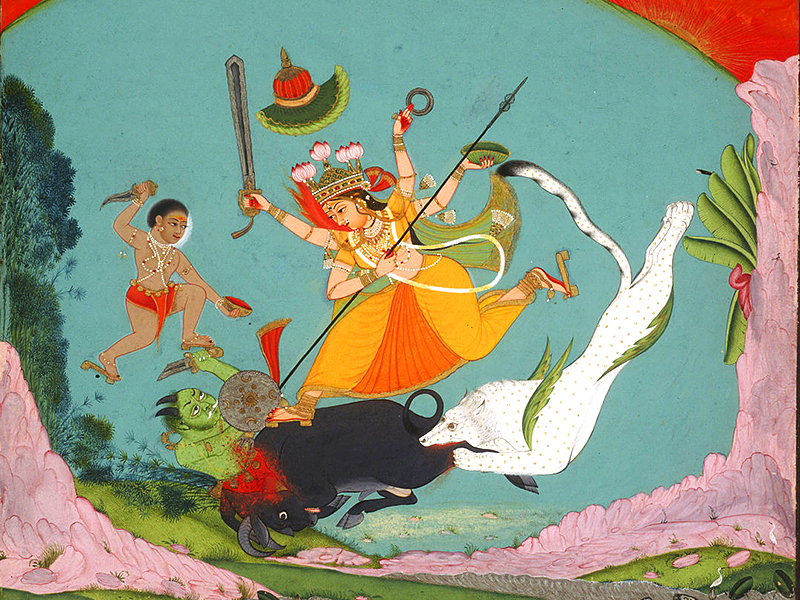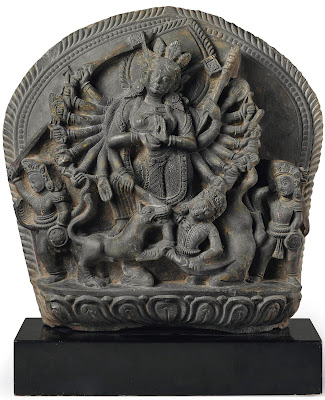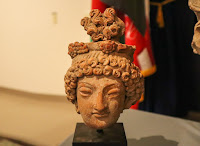 art restitution,Carabinieri Tutela Patrimonio Culturale,Germany,Italy,La Guardia Civil,Spain
art restitution,Carabinieri Tutela Patrimonio Culturale,Germany,Italy,La Guardia Civil,Spain
 No comments
No comments
These legal requirements are designed to prevent the illicit removal of historically or culturally significant objects, allowing authorities to assess each item’s provenance and value before it crosses borders.
 |
Following a two-year investigation, culminating in a coordinated effort between Spain’s Guardia Civil and Italy’s Carabinieri Command for the Protection of Cultural Heritage, 62 valuable cultural assets were repatriated to Spain today under the banner of Operation Altarpiece in a ceremony held at the “Swiss Guards Hall” of the Royal Palace in Turin. The investigation was directed by Investigating Court No. 1 of Marbella, which worked closely with Eurojust to coordinate international legal cooperation.
The case began in June 2023 when the Guardia Civil received intelligence via Europol’s Secure Information Exchange Network Application (SIENA), alerting them to the seizure in Italy of a carved polychrome and gilded wood altarpiece, with scenes of the Passion of Christ from the 16th century. This religious work of art had been illegally exported from Andalusia five years after Spanish authorities had denied its earlier export request, made by the now-deceased German couple who had been residing in Marbella (Málaga).
Under Spanish law, cultural properties of this nature—i.e., artworks over 100 years old, included in the General Inventory of Movable Property of Historical Heritage, or valued above specific monetary thresholds (ranging from €15,000 for drawings, engravings, and photographs to €150,000 for paintings)—require a definitive or temporary export permit. The seized altarpiece in question lacked any of these necessary authorisations.
As the investigation expanded, authorities focused on tracing how this altarpiece had been removed from Spain and transported into Italy and whether the object's holders had trafficked any additional artworks out of the country. During their subsequent investigation, officers determined that over 90 cultural objects had been exported from Marbella using a non-specialised transport company which moved Renaissance panel paintings, some configured as triptychs, sculptures, vases, tapestries, French 17th and 18th century furniture, and works attributed to artists such as Amedeo Modigliani, Auguste Rodin, and Pieter Brueghel, (the younger).
Italian investigators located many of these works in the villa of Günter Hans Ludwig Kiss, on the shores of Lake Maggiore in Lesa, the same home where the altarpiece had been recovered. Other works were traced to art galleries, as well as private residences, in Genoa and Milan. Still others had been sold onward and re-exported from Italy to a third country. Kiss, the controversial German garbage magnate, was once listed in the top 300 list of rich businessmen in Switzerland, and died, at the age of 81, on 04 February 2023, a few weeks after his wife's own death.
While alive, the German entrepreneur was involved in numerous legal cases: both civil and criminal for his waste management activities. In the 1990s, he was placed trial for environmental crimes committed with the commissioning of a Thermoselect plant. Having sold their properties in Switzerland and Spain, and without heirs, the Kiss assets, contested by creditors, were slated to go to the Kan Foundation, a non-profit organisation only established in the tax haven of Liechtenstein in 2023.
As a result of thier line of inquiry, the Spanish court issued multiple European Investigation Orders to judicial authorities in Italy and Germany, along with an International Letter of Request to the United Kingdom, seeking the restitution of the works located in each of the aforementioned jurisdictions.
On Thursday, 16 December 2021, at least two of the seized paintings on view during today's restitution ceremony had been consigned for sale to Cambi Casa d'Aste for an Old Masters sale held at Castello Mackenzie in Genova (Italy). The first being this early 16th century painting, representing the Madonna and Child with Saint Anne believed to have been painted by members of the Antwerp School, the painting is estimated to be worth between €30,000 to €50,000.
and this 16th century, 'Triptych depicting the Holy Family and angels' also from the Antwerp School values at between €20,000 and €30,000.
Given that no provenance details accompanied either advertisement for this auction, one also needs to look closely, not only at the business mogul Günter Hans Ludwig Kiss, but at the origins of these Antwerp School works in relation to World War II-era claims.
No rules followed, too few questions asked
This restitution case underscores the importance of applying for, and legally obtaining, export permits for cultural property when transferring art works from one country to another. Legal requirements such as these are designed to prevent the illicit removal of historically or culturally significant objects, and allows national cultural authorities to assess each item’s provenance and artistic importance to the nation prior to authorising removal.
The investigation also highlights the lack of consistent due diligence on the part of some art market resellers in verifying the legal status of artworks before accepting them for purchase or agreeing to take them under consignment.
Due diligence is not simply best practice—it is essential for safeguarding a nation’s heritage and ensuring transparency and accountability within the international art trade. Institutions and private dealers should be prepared to ask potential sellers and consignors tough questions, and to require proof of proper documentation, including export permits when required, in order to prevent inadvertently facilitating the sale of illicit cultural property.
Failure to do so, or intentionally turning a blind eye, exposes collectors, art dealers, and auction houses to reputational damage and undermines collective efforts to protect cultural heritage from being lost to illicit markets.
By: Lynda Albertson















